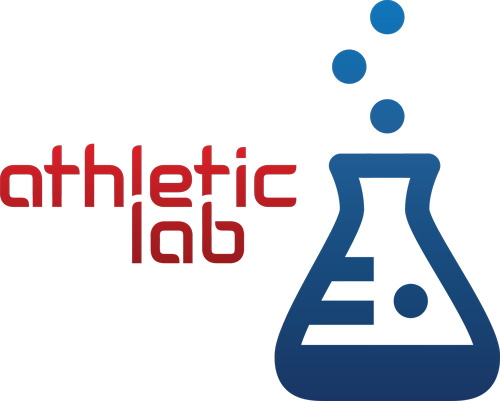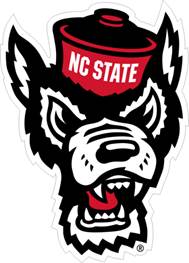Written by: Suzanne Blakeney PT, DPT, CSCS
Another play-off season is upon us and with it the endless speculation and discussions about who’s hurt and how long their absence will affect their team. That leads us to ask larger questions about return to sport timelines, and why some injuries seem to take longer than others.
There’s tremendous pressure on athletes to bounce back as quickly as possible; however it’s vital to avoid gambling a player’s health by putting them back in for the sake of the game. Athletes should return when cleared to play based on a variety of factors. And while we can’t predict a player’s readiness with 100% accuracy we do have a system that can guide the player and their family to playing again and reducing the chances for re-injury.
First question we ask is if the injury in question has had enough time to physiologically heal, or, put another way, is the athlete fit to play. This is something typically only a medical professional can tell you with confidence; as it requires assessment of such factors as range of motion, joint stability, muscular strength, proprioceptive feedback, and overall power and endurance. Pain is often a used as an indicator of healing status but isn’t necessarily a good defining factor. Some injuries don’t hurt despite still being present, and athletes can have continued pain in the absence of any particular injury.
Secondly the athlete should have returned to their baseline measures. Typically this is done through rehabilitation with the aim of returning to, or exceeding, the strength, speed, and power the athlete had before they were injured. This typically occurs in conjunction with the first factor, as we determine fitness of the injury we can also determine the return to baseline. For most sports there is a typical battery of tests specific to that athlete’s position and sport that a qualified professional can administer.
The final and most complicated piece is asking if the athlete is 100% fit and ready to return. One of the most frustrating pieces of recovery is the readiness of the athlete mentally to return to their position or effort level after sustaining an injury. This decision is often most reliant on the athlete themselves. If rehab and recovery has gone well this is an easy step, however for some this is very difficult as the injury could have been traumatic or recover process very painful. It’s important for all those involved to understand this process and lend support to the athlete to make the call.
Even though this is a time consuming and intimidating process, it is the most efficient and recommended way to get back into the game. The value of a good post-season or winning record is not out-weighed by the physical and mental health of the athlete and their family.
About the author:
Suzanne Blakeney PT, DPT, CSCS
Suzanne Blakeney graduated from James Madison University with a B.S. in Kinesiology/Exercise Science in 2008. She earned her doctorate in Physical Therapy at Shenandoah University in 2012, which included clinical work in the sports therapy departments of the Lewis Gale Medical Center in Roanoke, Virginia, and Wake Forest Baptist Medical Center in Winston-Salem, North Carolina. Suzanne has earned her Strength and Conditioning Specialist certification from the NSCA as well as certifications in Functional Movement Screening (FMS), ImPact concussion testing and rehabilitation and Dry Needling.
Prior to joining Raleigh Orthopaedic Clinic in 2013, Suzanne began specializing in Sports Medicine as well as Neuro-Vestibular rehabilitation. Her early work with Raleigh Orthopaedic allowed her to focus on general outpatient orthopedics and sports rehab. Her work with Raleigh Orthopedic Performance Center gives her the opportunity to use her sports rehabilitation and training expertise with a wide range of active individuals. She has special interests in running, swimming, soccer, and hip injuries and has treated clientele for both chronic and acute injuries related to everyday life and sports.









